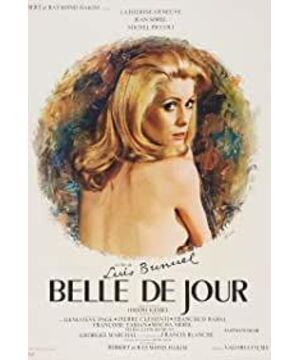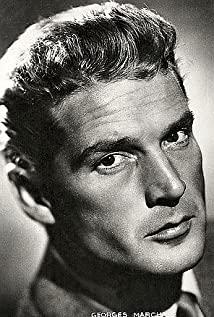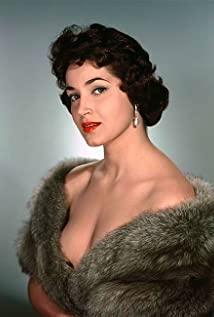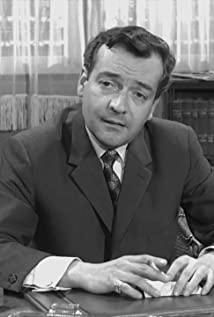"Beauty in the Day" continues the theme of Buñuel's films: a critique of the emptiness and vulgarity of middle-class life. The protagonist Severina in the film is elegant and pure, but she is indifferent to her handsome and gentle husband. At the same time, she has an unknown side, and she often fantasizes about being sexually abused. She later became a high-class prostitute with Miss Annes. Because Severina does not show up until 2:00 pm to 5:00 pm when her husband is visiting, she is called "Beauty of the Day". After experiencing masochistic gynecology professors, sadistic Japanese and other masochistic clients, Severina went from resistance to enjoyment. In the end, the robber Marshall, who wanted to take Severina by himself, shot Pia home downstairs. Pia was completely paralyzed, and Severina looked at Pia, who was paralyzed in a wheelchair, and fantasized about him standing up and hugging her, and there was a clanging of carriages outside the window.
Severina's fantasy appears four times in the film, and the same carriage appears four times. The appearance of the carriage at the end of the film is a metaphor for Severina's indifference to her husband, who is still immersed in her own empty fantasy after her husband is paralyzed and learns the truth.
Xiaobao feels that my film review is almost written into a story introduction. I think there is a character throughout the film who inadvertently told Severina Miss Annes' address, met Severina at Miss Annes's place, and finally told the paralyzed Pia the other side of Severina. At the same time, this person expresses his position on behalf of the director in the play. He was attracted to Severina when he was the wife of a noble and pure friend, but when she became a prostitute who lost herself in search of sensuality, Severina's attraction to him also disappeared.
View more about Belle de Jour reviews











